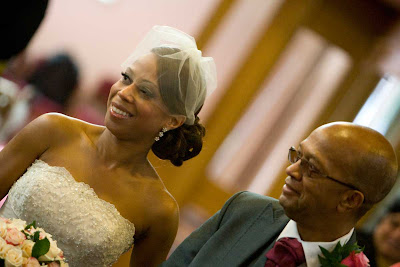I'm usually the first to shout "foul" when things go wrong so believe it's only fair to give credit where due on the occasions things go right. It's only usually when things go wrong you see just how good or bad any company is. I really get infuriated when I'm on a pay to complain number on hold listening to recorded music that would be banned from a prison to prevent rioting inmates. Or the on line alternative AKA sifting through a labyrinth of useless absolutely useless FAQ's whilst desperately looking for the email direct button. I'm quite capable of writing up an explanation that qualifies my query, what I need and even how I can pay for it, but that of course involves employing people to read my enquiry.
Enough bitching, but I'm sure I can't be alone in being a responsible person who pays for licensed software and registers everything to ensure that the inherent customer service/technical support is there should anything go wrong and then can't get anywhere near even basic "support". No wonder forums are so successful.
So I upgraded to a 64 bit PC a while back and also wanted to reinstall one of my two licensed copies of Photomatix Pro 3 which I bought in a bundle a short while ago. When I visited the Photomatix site I noticed that there was an upgrade available, but there was a problem sorting out the transfer to the new PC because my codes didn't match. A quick email answered very quickly by Andreas sorted out my problem (which was actually my fault).
It has renewed my faith in customer services and places Photomatix' software even higher up my list of people/companies I'm happy to do business with.
So for the non photographers, what does this HDR thing do? Well the previous link to their site gives a much better description and some great images of what it does, but I thought I'd post a few examples of stuff that Tom Ivory has done for the coop in recent weeks.
This work was all done with the now replaced V3. Free upgrade cometh today to V4.

***
In order to get the darkest corners of the church illuminated, we would have needed to crank up the exposure so high that (as in the above image) the light coming in through the main window would have burnt out the whole area surrounding it. All these images were taken at Sarah & Richard's wedding earlier this month and subject of a previous blog entry.
***
To expose the main church window correctly however would have put the rest of the church in darkness. Photomatix Pro used a selection of images (usually at least 3) that cover the range of exposure levels from darkest to lightest and in lay terms merges them. The result can sometimes look awful as skin tones might make Gran look like she's made of leather etc, so it doesn't always work but tone mapping software is integral to the Photomatix arsenal and included within the software pack, helping to create much more realistic tones and colours.
***
 The image above is the result from this work.
The image above is the result from this work. Tom also used HDR for this salvage shot after we'd run out of light and they wanted an outdoor group shot. We used 3 Canon off camera flashes triggered with the ST-E2.
Tom also used HDR for this salvage shot after we'd run out of light and they wanted an outdoor group shot. We used 3 Canon off camera flashes triggered with the ST-E2.













